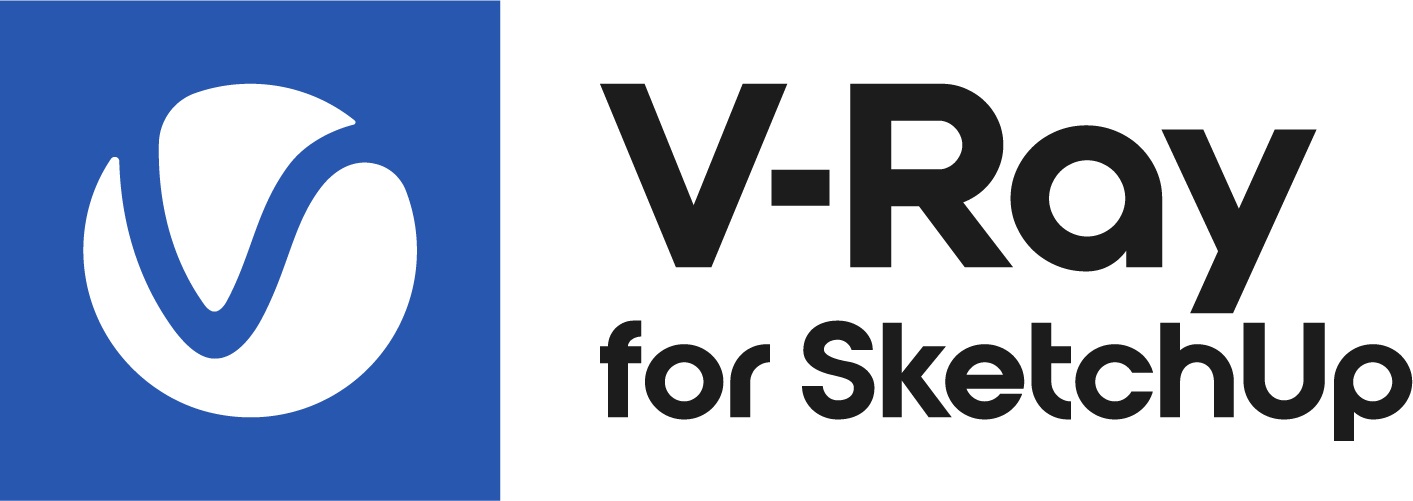This page provides information on how to manually load libraries in V-Ray for SketchUp.
Overview
Starting with V-Ray 6, the V-Ray Preset Material Library is moved to the Chaos Cosmos Browser. Please use the materials from the Chaos Cosmos Browser for any new projects.
Use the Browse Materials in Cosmos button to access all available V-Ray Materials in Chaos Cosmos Browser.
Materials already downloaded with any earlier V-Ray version remain unchanged and can still be loaded as a custom folder at \Documents\Chaos Cosmos\Packages\Materials on Windows or /Users/<username>/ChaosCosmos/Packages/Materils on macOS.
You can also load your assets into the Library by using the directory button (). It adds a new file system location to read the .vrmat files.
UI Paths and Functionalities
Add assets from the manually added material libraries to your SketchUp project by drag-and-dropping the asset into the central panel or by right-clicking and selecting the option Add to Scene. The functionality buttons at the bottom enable the reordering of the assets' display.
Use the Open Folder button and select the path where your assets reside. They appear automatically in a newly created folder of the asset's tree. Right-click on the folder and use the context menu options to remove or refresh it.
Multi-selection of assets is possible in the Library, but you cannot drag-and-drop more than one asset at a time. Use the Add to Scene context menu option to add multiple assets at once.
The Asset lists have some additional multi-selection functionalities:
- Ctrl on deselected item – Adds to the selection;
- Ctrl on selected item – Removes it from the selection;
- Ctrl + A – Selects all items in the list/category;
- Shift + Left-click – expands the range of the current selection;
- Click + Drag – Leaves only the clicked item selected;
- Right-Click on deselected item – Shows the context menu for the item, selects the item and deselects all other items;
- Right-Click on selected item – Shows the context menu for the item and doesn't change the selection.
Notes
- The V-Ray Material Library and Light Gen HDRI assets may be inaccessible for direct download to V-Ray 5 users. This can be avoided by upgrading to the latest V-Ray version.
Alternatively, the asset files can be acquired manually by downloading the following archive file and unpacking it at:
Windows: %USERPROFILE%\Documents\
macOS: ~/Library/Application Support/Chaos/
Restarting V-Ray after the asset files are placed will restore functionality to both the Material Library and the Light Gen. Note that a message prompting you to download assets may still appear - press Continue to safely disregard it.
skup2016_vray3_materialPresets_foam.png



